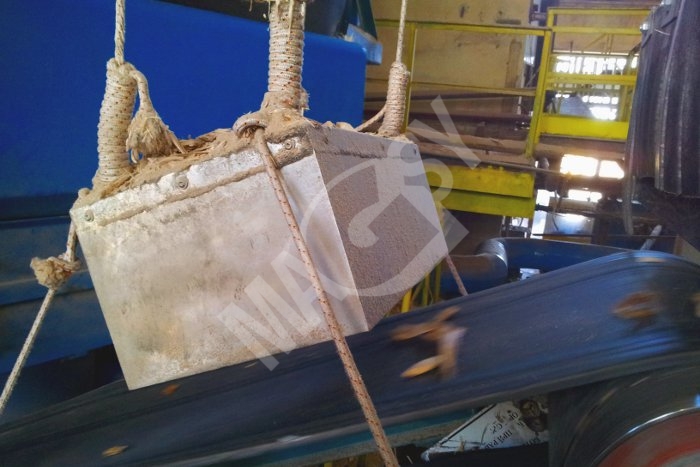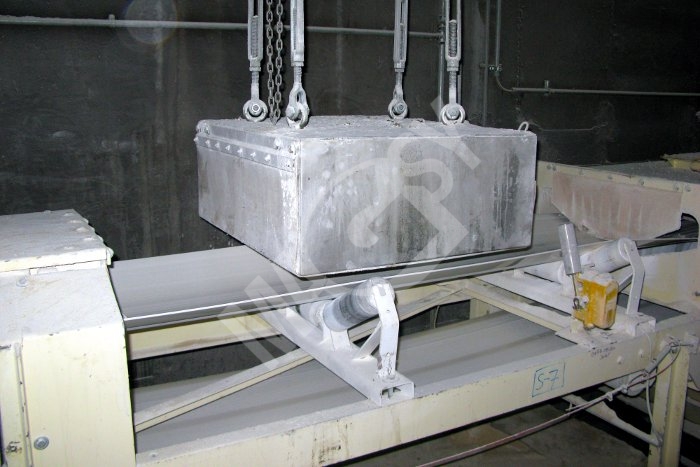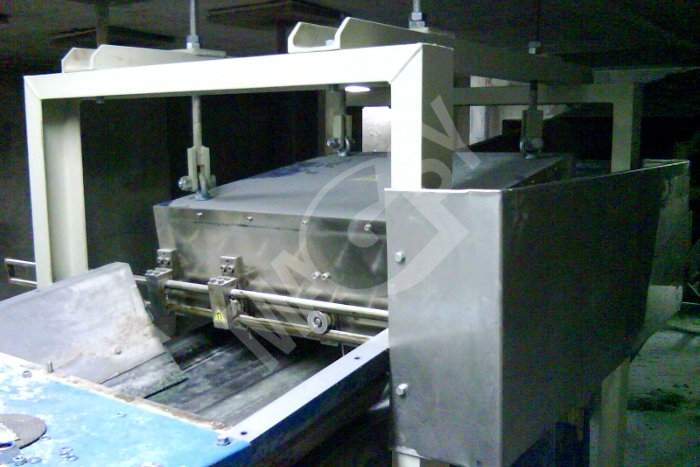Manual cleaning
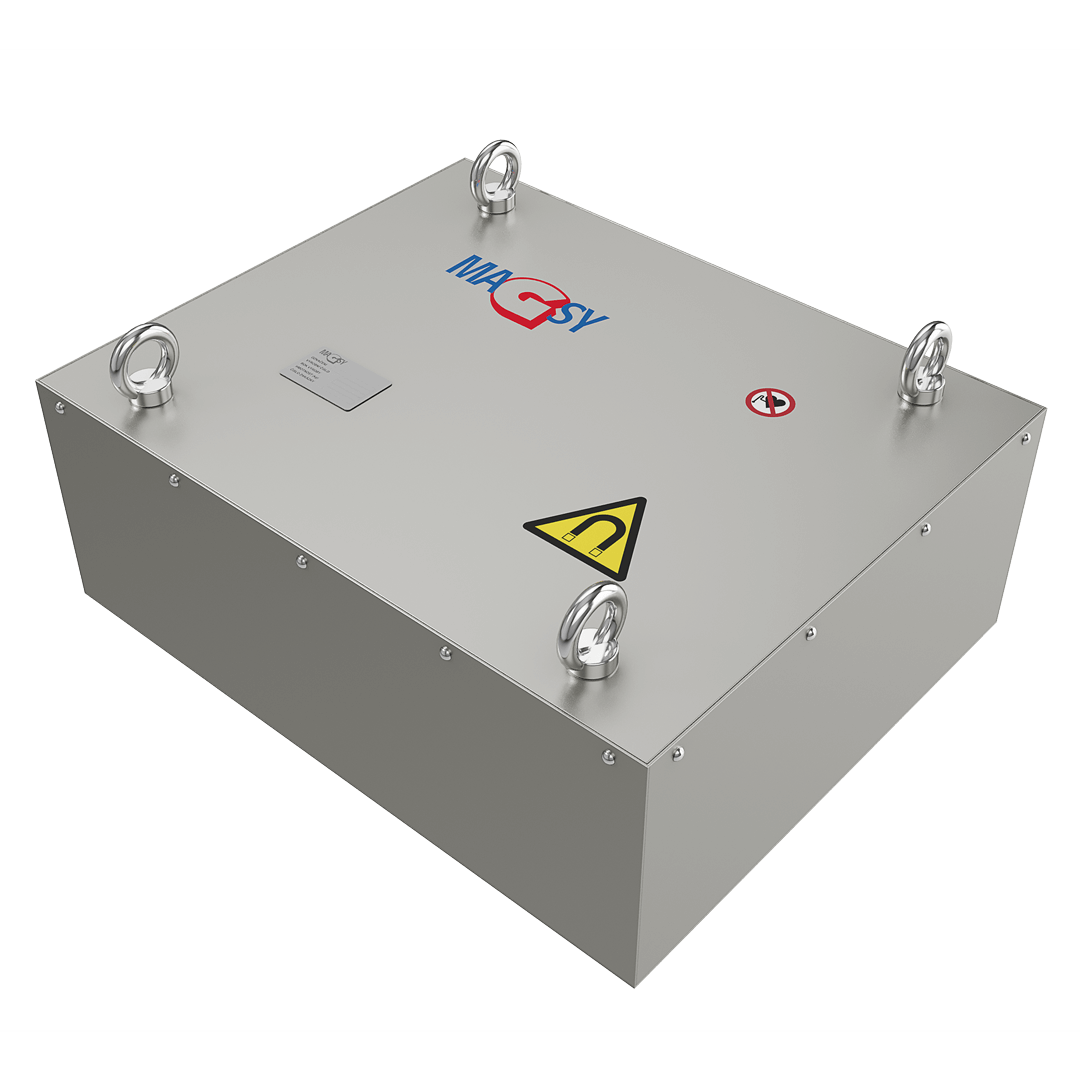
What material do you separate
Construction waste
Wood waste
Wood chips
The above materials are only selected examples, consultation for your specific case is always important.
Contact us
Do you have a question or are you interested in a no-obligation quotation?

Magnetic plate above belt conveyor
What is the separator suitable for?
-
- Removal of ferromagnetic impurities from materials on conveyors.
- Protecting equipment such as crushers and mills from damage by metal particles.
- Improving the quality of final products in the food, chemical and recycling industries.
Design and cleaning principle of the separator
Important parts of the separator
Magnetic system
Choice of strong neodymium or weaker ferrite magnets depending on application needs.Mounting hinges
Four hanging lugs in the corners for easy installation over the conveyor belt.Durable construction
Adapted for long-term use in harsh conditions.Send us an e-mail
Aveți o întrebare sau sunteți interesat de o ofertă fără caracter obligatoriu?
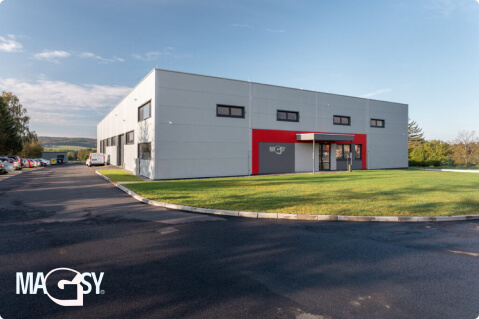
Why Magsy
Own production hall
23 years on the market
Leading separator manufacturer in Europe
Service team 24 hours a day
Over 50,000+ separators produced
ISO 9001 certificates
How do we pack and ship magnetic separators?
How does the cooperation work?
Product Description
MP magnetic plates are suitable on all places where material preparation using belt conveyors prevails, and the quantity of ferromagnetic impurities does not exceed an acceptable limit for the manual cleaning. In case of materials containing higher metal impurity concentrations, we recommend using magnetic separator placed above a conveyor with an automatic cleaning.
In case of a big separated material thickness, or in case the material permeability is compromised, it is suitable to complete the belt conveyor with the magnetic driving cylinder that will ensure the separation from the lower material layers.
Utilization areas ...


